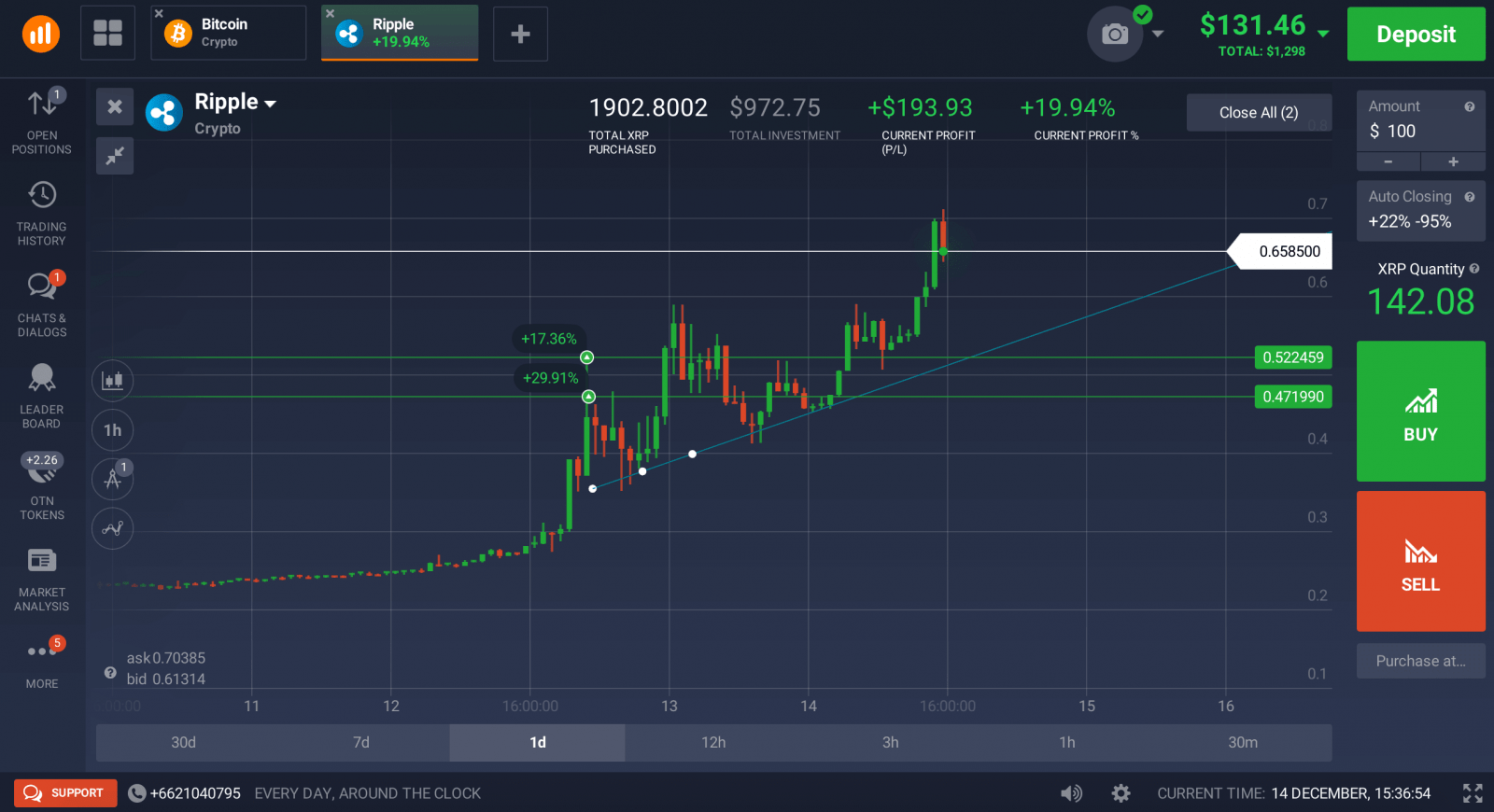Harnessing the Power of Options

Image: www.ainfosolutions.com
The financial world is a dynamic and ever-evolving landscape, with options trading emerging as a powerful tool for investors seeking to navigate market uncertainties and amplify their returns. Options, as financial instruments, grant the holder the right, but not the obligation, to buy or sell an underlying asset at a specified price on or before a specific date. This flexibility provides investors with a versatile instrument to mitigate risks, enhance returns, and speculate on market movements.
Understanding the basics of options trading requires a clear comprehension of the key concepts involved. Options contracts are characterized by two main types: calls and puts. Call options confer the right to buy an underlying asset at a strike price on or before the expiration date. On the other hand, put options grant the right to sell an underlying asset at the strike price within the specified time frame. The strike price represents the price at which the holder can exercise the option.
The pricing of options is influenced by several factors, including the underlying asset’s price, volatility, time to expiration, and interest rates. The interplay of these factors determines the premium, which is the price paid for the option contract. By carefully considering these variables, investors can make informed decisions about the potential profitability and risks associated with options trading.
Exploring the Strategies
Options trading offers a wide array of strategies, each tailored to specific market conditions and investment goals. Covered calls, for instance, involve selling call options while owning the underlying asset. This strategy generates income from the premium received while limiting the potential upside of the asset. Conversely, protective puts provide a safety net by allowing investors to sell put options against their long positions.
For more aggressive traders, bull call spreads can amplify returns in anticipation of a bullish market trend. This strategy involves buying a lower-strike call option and simultaneously selling a higher-strike call option, both with the same expiration date. The potential profit lies in the difference between the two strike prices, minus the net premium paid.
Mastery Through Experience
As with any financial instrument, proficiency in options trading demands a combination of theoretical knowledge and practical experience. Paper trading simulations provide a valuable platform for aspiring traders to test their strategies and refine their understanding without risking real capital. Additionally, seeking guidance from experienced mentors or enrolling in educational programs can accelerate the learning process.
Conclusion
Options trading empowers investors with a versatile tool to navigate market complexities, hedge against risks, and enhance their investment returns. By grasping the core concepts, intricacies of pricing, and diverse strategies involved, individuals can unlock the potential of options trading. Embracing a prudent approach, leveraging educational resources, and engaging in diligent practice are essential steps toward mastering this multifaceted financial instrument. As the financial markets continue to evolve, options trading remains a cornerstone of savvy investment strategies, enabling investors to capitalize on both market opportunities and challenges.

Image: www.projectfinance.com
Trading Of Options

Image: cashblog.com






